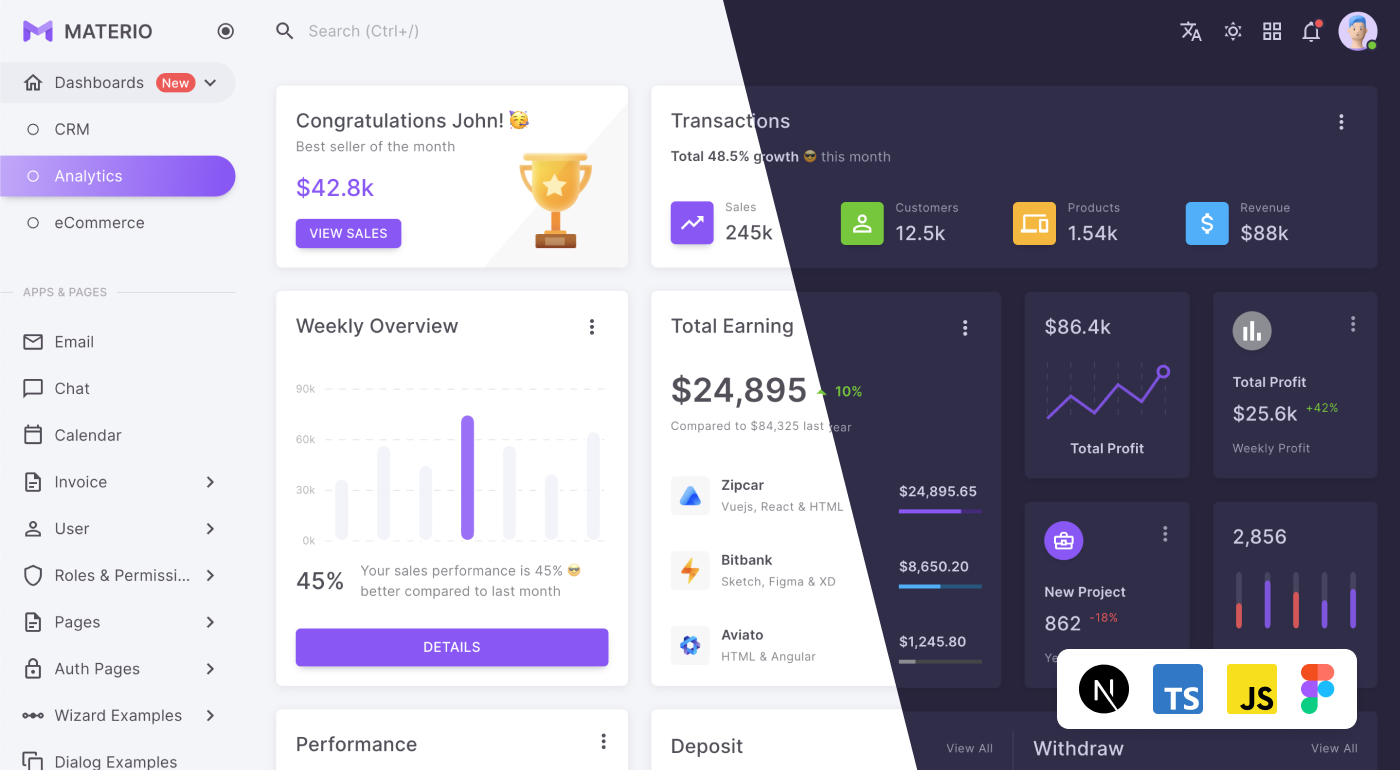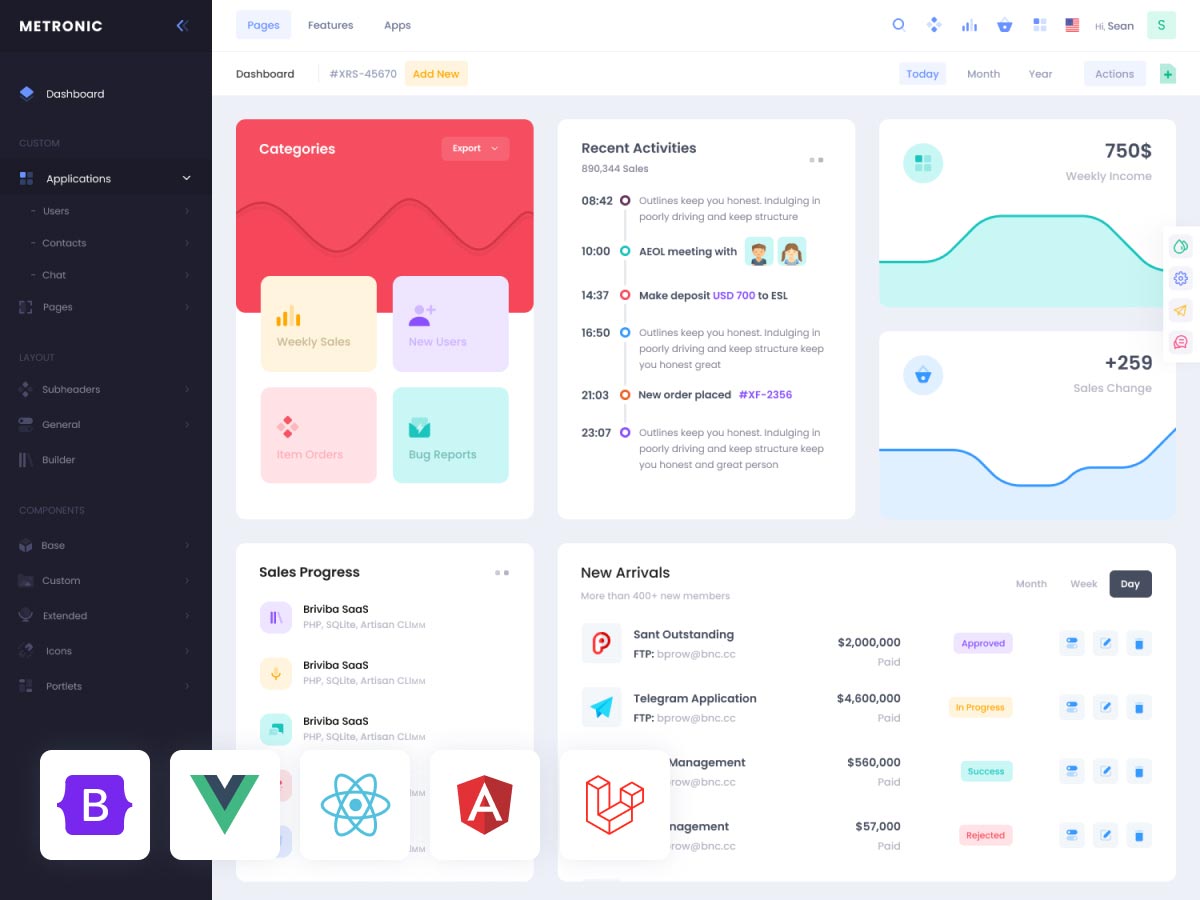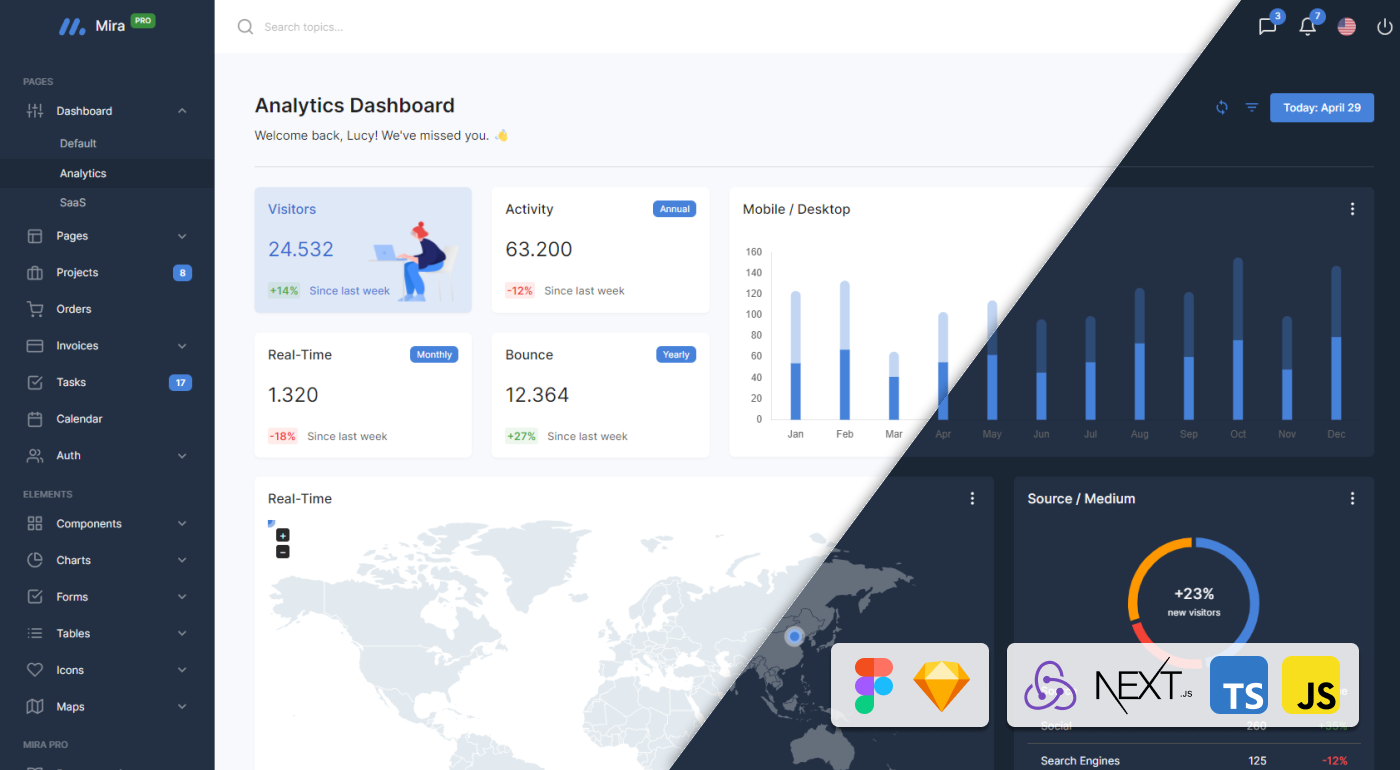京东云实名账号:Why a Data Plan is Necessary for Digital Signage and Display
Why a Data Plan is Necessary for Digital Signage and Display
Introduction

Digital signage and display systems are becoming increasingly popular in a wide range of applications, from retail stores and restaurants to hospitals and schools. These systems offer a number of benefits over traditional signage, including the ability to display dynamic content, target specific audiences, and track customer behavior.
However, in order to fully utilize the potential of digital signage and display systems, it is important to have a data plan in place. A data plan is a set of guidelines and procedures that outlines how data is used, stored, and protected. It is essential for ensuring that data is used ethically and responsibly, and that customer privacy is protected.
Benefits of a Data Plan
There are a number of benefits to having a data plan for digital signage and display systems. These benefits include:
- Improved data security: A data plan helps to protect customer data by establishing clear guidelines and procedures for how data is stored and accessed. This can help to prevent data breaches and unauthorized access to customer information.
- Increased customer trust: When customers know that their data is being used responsibly and ethically, they are more likely to trust the business that is collecting their data. This can lead to increased customer loyalty and repeat business.
- Improved marketing effectiveness: A data plan can help marketers to better understand their customers and target their marketing campaigns more effectively. By collecting and analyzing customer data, marketers can learn about customer preferences, behaviors, and demographics. This information can then be used to create targeted marketing campaigns that are more likely to resonate with customers.
- Enhanced decision-making: A data plan can help businesses to make better decisions by providing them with accurate and up-to-date information. By collecting and analyzing data, businesses can identify trends and patterns that they can use to make informed decisions about their operations.

Components of a Data Plan
A data plan should include the following components:
- Data collection: This section of the data plan should describe what data is being collected, how it is being collected, and why it is being collected. It should also include a discussion of the legal and ethical considerations associated with data collection.
- Data storage: This section of the data plan should describe where data is being stored, how it is being secured, and who has access to it. It should also include a discussion of the data retention policy, which outlines how long data will be stored before it is deleted.
- Data usage: This section of the data plan should describe how data is being used, who is using it, and for what purposes. It should also include a discussion of the legal and ethical considerations associated with data usage.
- Data sharing: This section of the data plan should describe how data is being shared with other parties, why it is being shared, and what safeguards are in place to protect the data. It should also include a discussion of the legal and ethical considerations associated with data sharing.
Implementing a Data Plan
The following steps can be taken to implement a data plan for digital signage and display systems:
Identify the data that needs to be collected: The first step is to identify the data that is needed to achieve the business objectives. This data may include customer demographics, purchase history, and browsing behavior.
Develop a data collection strategy: Once the data that needs to be collected has been identified, a strategy for collecting the data can be developed. This strategy should include a description of the methods that will be used to collect the data, as well as the frequency with which the data will be collected.
Implement the data collection strategy: The next step is to implement the data collection strategy. This may involve installing tracking software on the digital signage and display systems, or collecting data from other sources, such as loyalty cards or customer surveys.
【4.】Store the data securely: The data that is collected must be stored securely. This may involve encrypting the data or storing it in a secure location.
【5.】Use the data responsibly: The data that is collected should be used responsibly. This means using the data only for the purposes for which it was collected and taking steps to protect the privacy of the individuals whose data is being collected.

Conclusion
A data plan is essential for ensuring that digital signage and display systems are used ethically and responsibly. By outlining the rules and procedures for data collection, storage, and usage, a data plan can help to protect customer data, increase customer trust, improve marketing effectiveness, and enhance decision-making.
